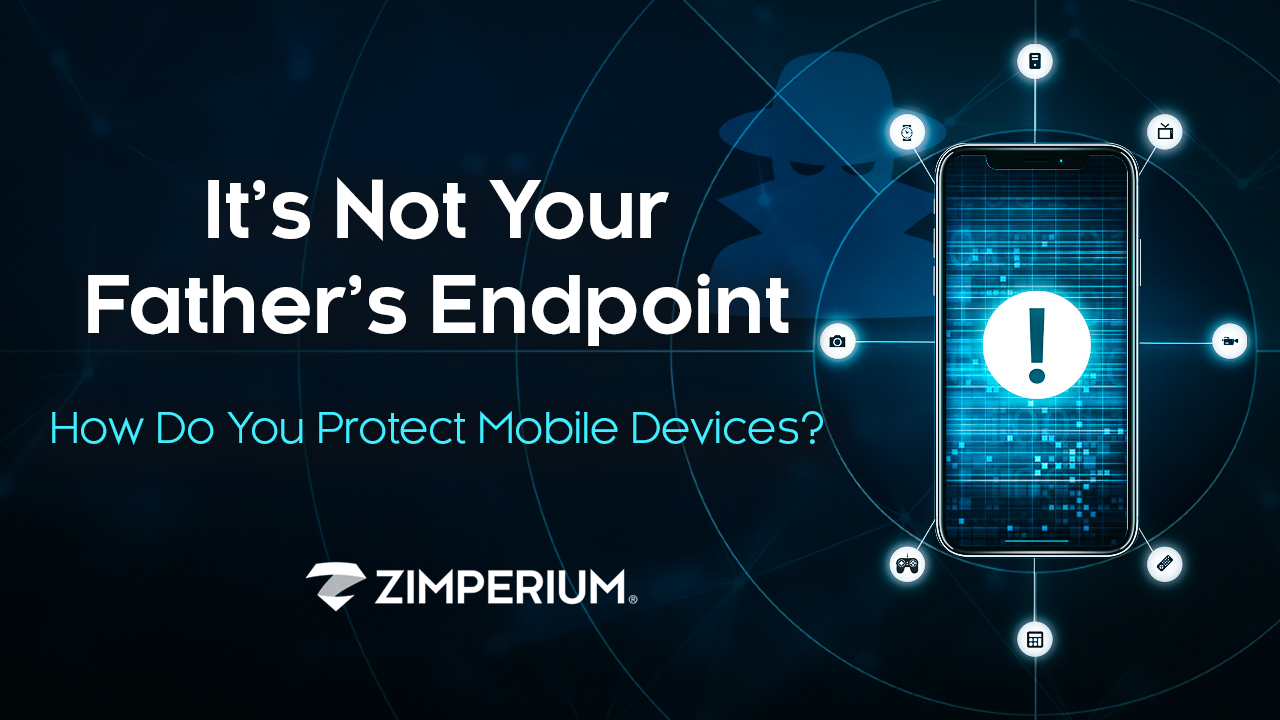
In the first three blogs of this series, I discussed why mobile devices are easy prey, what data is at risk, and how mobile devices can be hacked. For the final blog in this series, I will discuss how to fully protect your mobile device.
Operating systems like iOS and Android are fundamentally different than a typical desktop OS like Windows. As a result, endpoint protection products for iOS and Android need to work fundamentally different than endpoint protection for Windows. It must do so while still offering the same protection.
A typical mobile operating system does not have the same functionality as a Windows system, allowing services to run in a privileged state to monitor the device. Adding insult to injury, mobile operating systems do not allow an app to reach out of its own workspace to talk to other apps or even access other content on the device. Thus, a different and advanced approach had to be developed in order to provide full endpoint protection for mobile OS’s without the access a traditional desktop endpoint protection has.
How do you protect a device with an OS that is inaccessible? If I were doing this manually, I would look to key indicators on the device that show different types of attacks. But, that would be way too slow and ineffective. Thankfully, there is a way.
Machine learning security solutions establish a baseline of what good and bad device behavior looks like, using the numerous available statistics on the device. These statistics provide a way to determine the baseline device behavior. Anything straying from that is not good!
In this way, the machine learning engine can protect the device against known and unknown threats. Picture a spider that is sitting in the middle of its web, a web of detection. When the spider feels a vibration, it doesn’t know what just flew into its web, but it knows from training that whatever it is will taste good. The analogy being that the vibrations the spider feels are like the tell-tale signs of an attack to a well-trained detection engine.
Zimperium Protects Mobile Devices
Zimperium has built a revolutionary product whose on-device engine can detect different types of mobile device attacks including device exploits, network and phishing attacks as well as mobile malware. This approach, preserves privacy and ensures efficacy without the need to wait for signature updates.
This series of articles has led to this summary: Zimperium has the capability to detect known and unknown threats against mobile devices without the need for signature files using the on-device z9 engine rigorously, trained through advanced machine learning.
The z9 engine performs detections in real-time on the device with no need to send any data to the cloud for detections. The policy is managed by a world class management console with a host of enterprise-designed capabilities including support for multiple concurrent UEM/MDM solutions, group-based policy, ability to be deployed on any cloud or on premises in addition to others and is available today.


